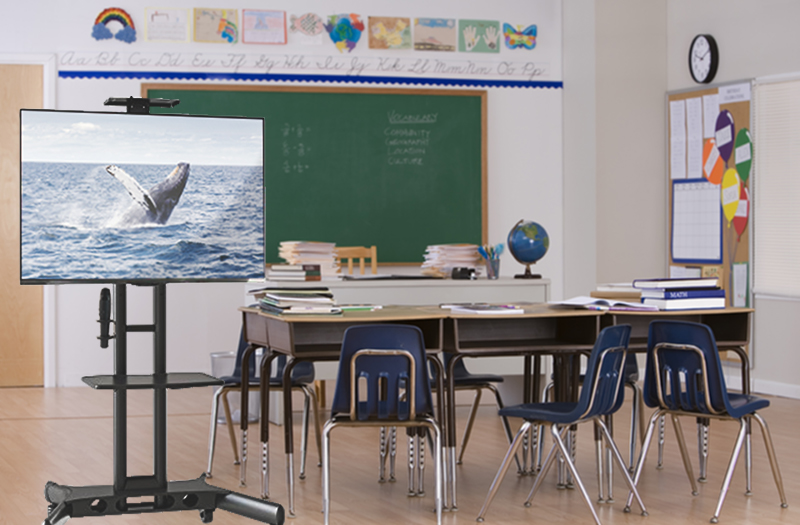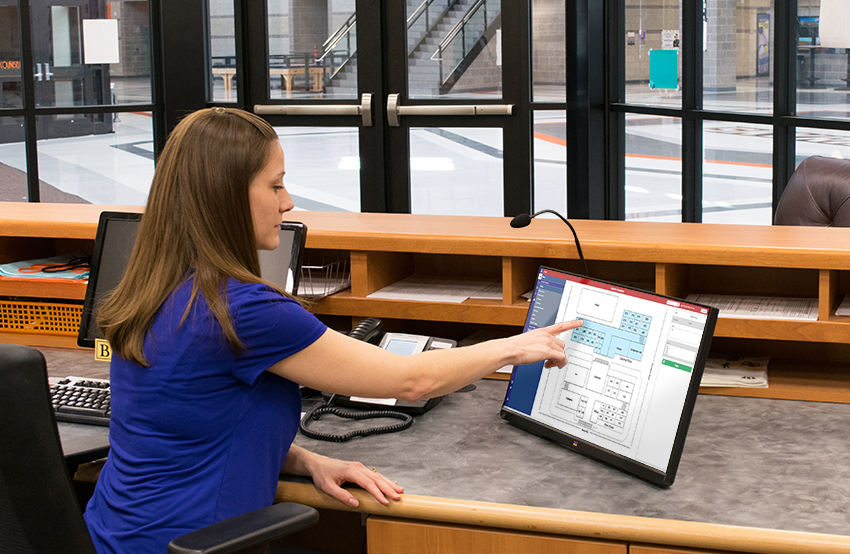Teacher Spotlight: Mr. Farias—Why I became a teacher
There are over three million teachers in the U.S., and they all have a reason for doing what they do. Teachers understand the importance of their role in students’ lives and in shaping tomorrow’s generation, and they work hard to make that impact a positive one. Although teachers realize how vital the profession is, they all have their individual motives as to why they decided to become a teacher.
Jose Farias began his teaching career in August of 2017, and is teaching 7th and 8th grade Reading classes at Joel P. Jensen Middle School in West Jordan, Utah. After receiving a bachelor’s degree in English Teaching from Brigham Young University, he was anxious to begin his teaching career and to learn right along with his students.
A Love for Learning and Teaching
“I developed this love for learning and teaching in school. I was always a good student because I cared about my grades. Being successful was a big priority in my life because of my upbringing. It also helped that I naturally enjoyed learning more information in every subject,” Farias said.
Farias also stated that learning was enjoyable because of the great teachers he had. He remembers a particular teacher from the 6th grade, Ms. Borgen. “Her class was always so effective, and entertaining as well. I remember wanting to be a teacher like her,” he recalled.
Mr. Farias is a teacher simply because he loves to teach. He is passionate about the subjects he teaches, like grammar, reading, and writing. He likes the satisfaction of having his students improve in those areas and giving them an education that matters. Farias wants his students to not only be good at those skills, but also be inspired to learn more. He loves getting to know his students and building a close relationship with them so he can truly help them, especially those who are the most disruptive and may be struggling the most.
Being a teacher, however, comes with its challenges as well. Farias stated that he did not expect teaching to be so exhausting. “It’s fun, but you get really tired,” he said. “It’s a lot of energy to put in.”
Working Through the Challenges
Farias shared how he kept going through the first couple of weeks teaching. “Working through exhaustion is difficult, but I find that taking time for myself has been the biggest help. Besides coffee and sleep, taking some time to just relax and give my brain a break makes me feel better. I’m usually more mentally than physically exhausted, so giving myself time to breathe is the best. I’ve also started using a microphone in my class for the sake of my voice. It definitely makes me less tired by the end of the day because I don’t have to yell or raise my voice.”
Joel P. Jensen Middle School is equipped with Audio Enhancement’s Classroom Audio Systems, which allows teachers to speak through a microphone to distribute their voice evenly throughout the classroom.
Mr. Farias hopes to have his students show improvement in their reading levels. “If they are really low level or really high level, I want all my kids to improve this year. Wherever they are, even just a few notches, I want them to learn more. That’s my goal.”
He also stated that a characteristic every teacher needs to have to succeed is love. “To be a teacher, you have to be a very loving person. That’s it. You really have to love what you do and you have to really love the people you work with. The teachers, the kids, the boss. You have to be really loving and really open. You have to care.”
We thank Mr. Farias and the many teachers around the world who are passionate about what they do; who work through their exhaustion to make a difference in many students’ lives; and who love and care every day.










